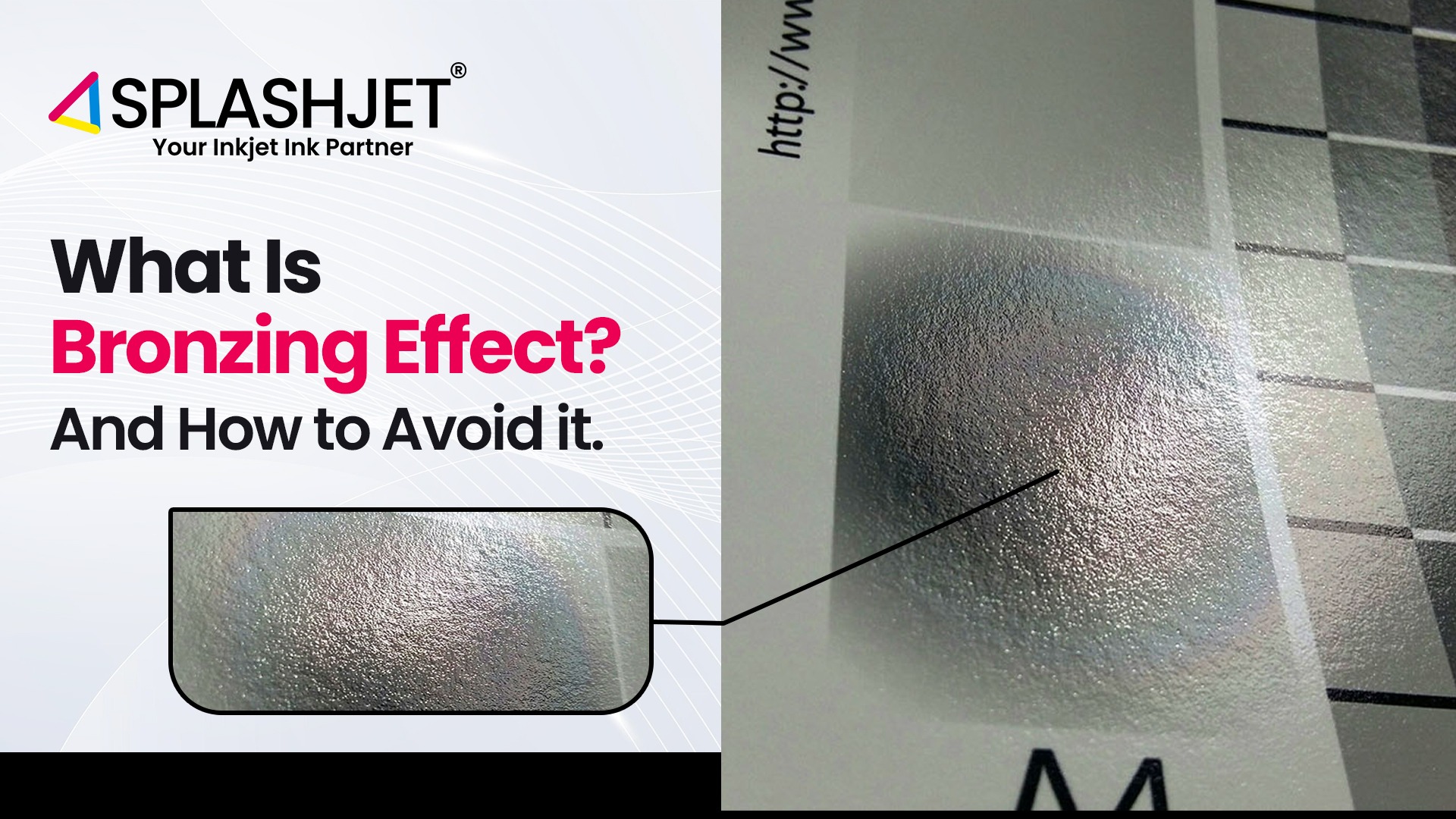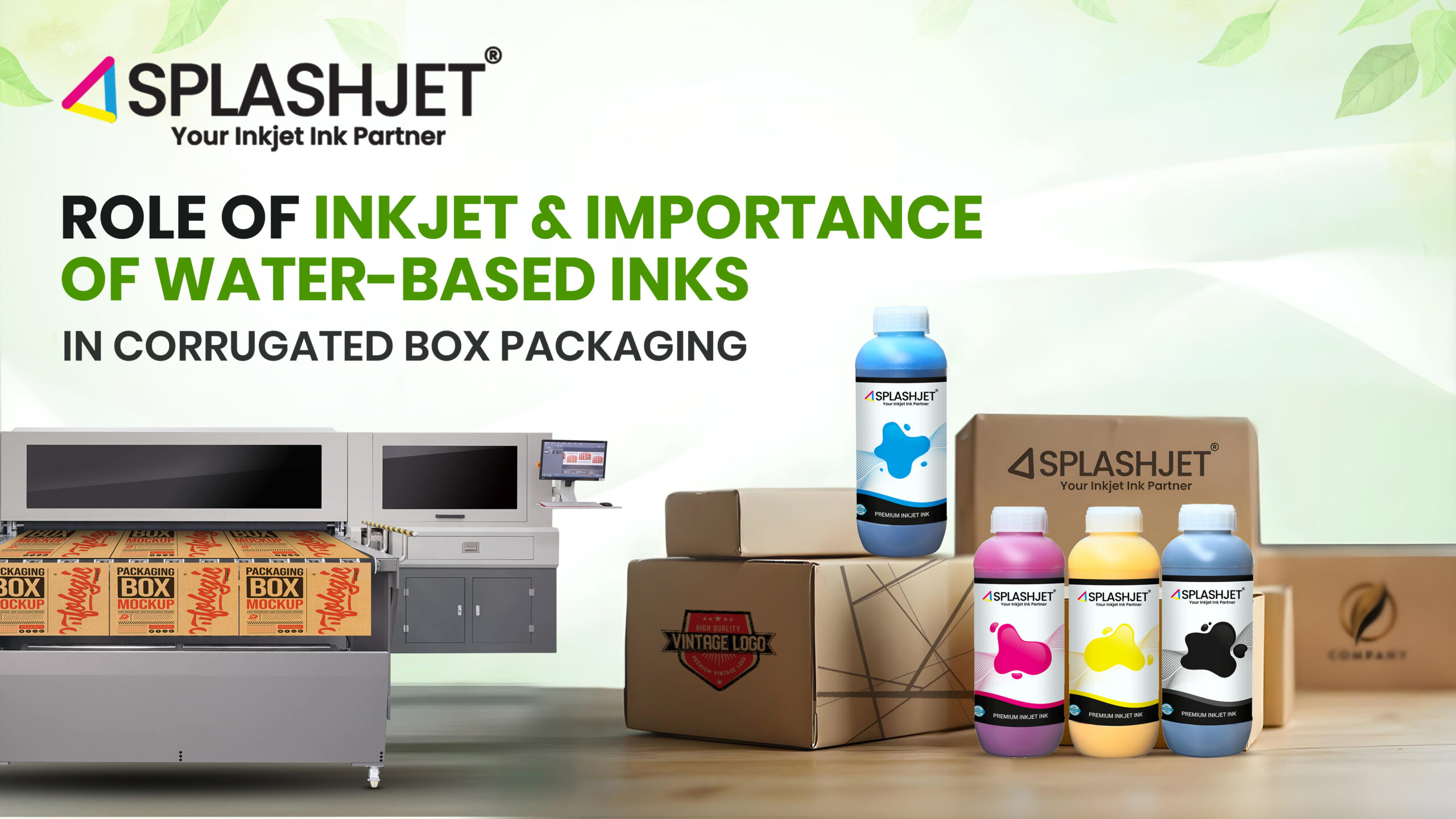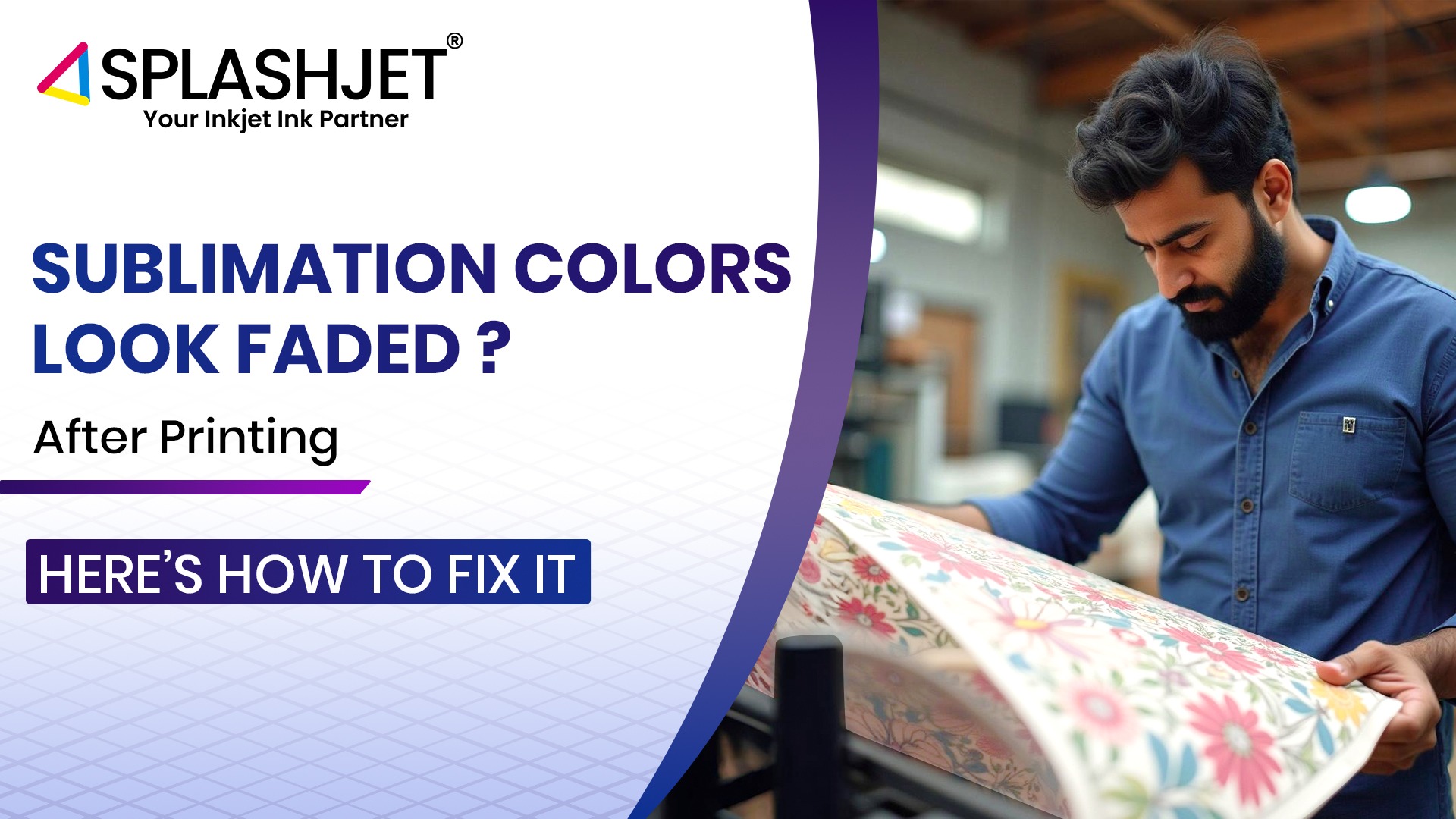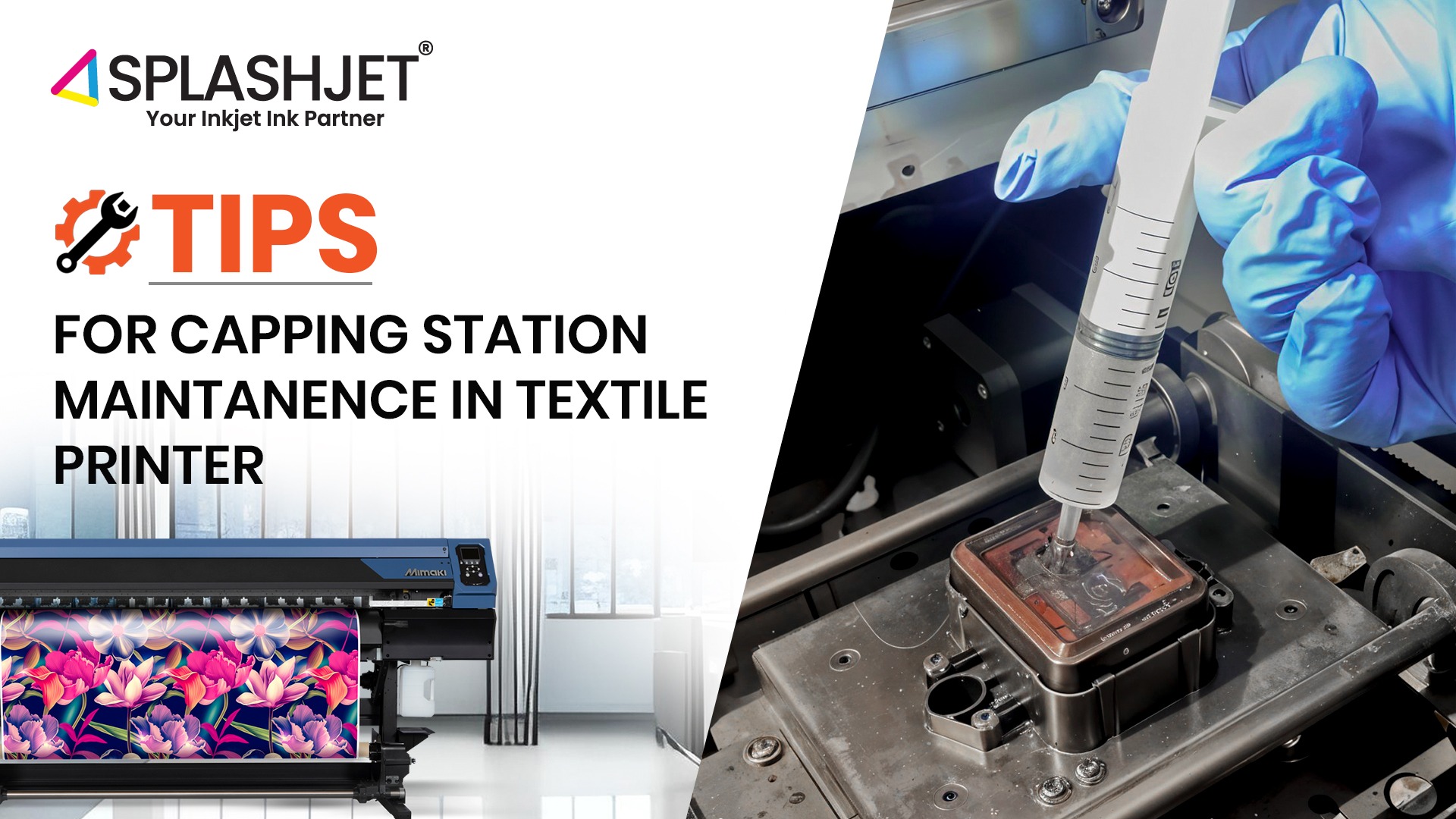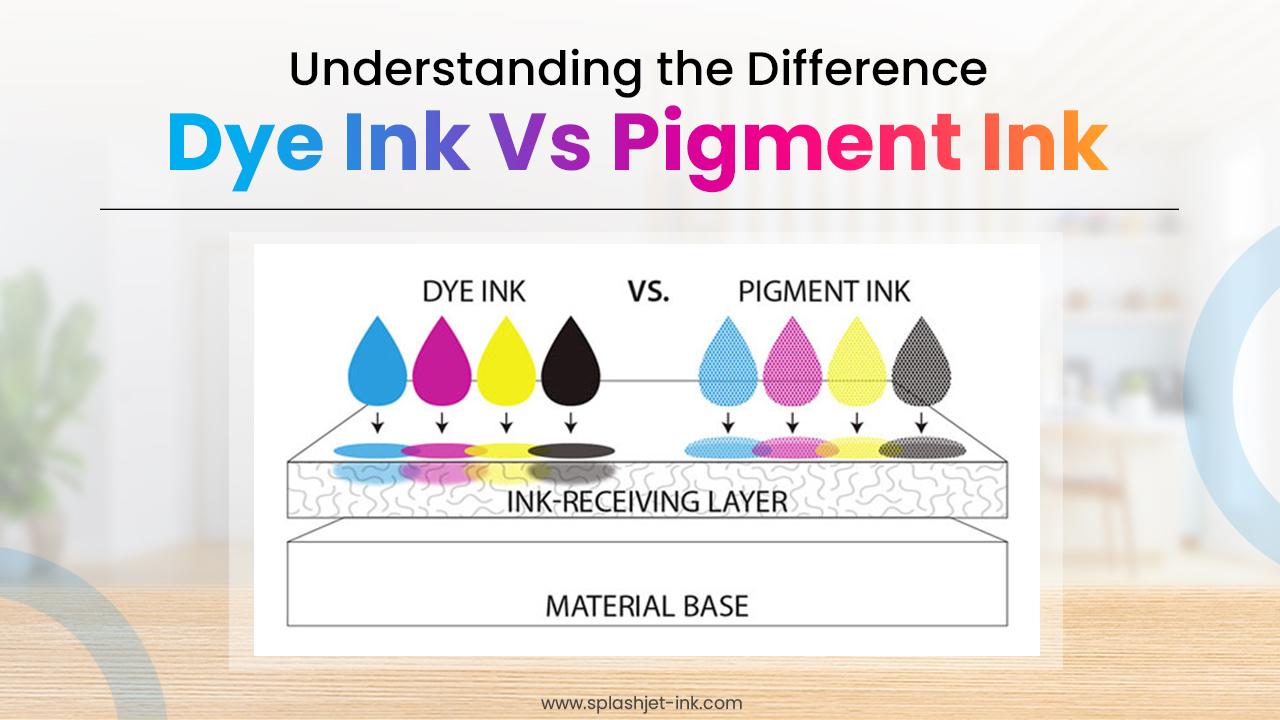
In today’s competitive world of printing, print quality has become something of great significance. The quality, as well as the durability of prints, is greatly impacted by the type of ink used in the printing industry. The purpose of this article is to explain how dye ink and pigment ink differ from one another. You may choose the best ink for your particular printing needs by understanding their technical differences, performance on various media, advantages, and limitations.
Definition and Composition of Dye and Pigment Ink (Technical Difference)
- Dye ink consists of colorant particles dissolved in a liquid. These colorants are composed of small molecules that can easily penetrate the printing media. By nature, the dye colorants are more vibrant and hence produce vivid and sharp colors on prints, having a wide color gamut.
- Pigment ink is made up of tiny solid pigment particles suspended in a liquid carrier. These particles sit on the surface of the printing media rather than being absorbed like dye ink. Pigment ink is known for its exceptional lightfastness and durability. By nature, these pigment colorants are not as vibrant as dye colorants, thus resulting in a color gamut not as wide as dye inks.
Performance on different media (Dye Ink Vs. Pigment Ink)
- Dye ink excels in printing on glossy and coated papers, as well as certain specialty photo papers. It delivers brilliant colors and smooth gradients, making it ideal for photo printing.
- Pigment ink performs exceptionally well on a wide range of media, including plain paper, matte paper, and specialty fine art papers. Its ability to sit on the surface of the paper results in sharp and detailed prints suitable for documents and archival-quality art prints.
Advantages of Dye Ink
- Superior color performance and vibrancy, make it perfect for photo printing.
- Faster printing speed and drying time due to its quick absorption into the paper.
- More cost-effective than pigment ink.
Advantages of Pigment Ink
- Exceptional print longevity and fade resistance, ensuring the longevity of prints without significant color degradation.
- High water and smudge resistance, ideal for producing prints that need to withstand environmental factors.
- Excellent for producing sharp and detailed prints, perfect for documents and artwork.
Comparison between Dye Ink Vs. Pigment Ink
| Parameter | Dye Ink | Pigment Ink |
|---|---|---|
| Color performance and vibrancy | Vibrant with good saturation | Long lasting, less vibrant than Dye inks |
| Print longevity and fade here | Moderate | Excellent |
| Water and smudge resistance | Low | High |
| Media Compatibility | Moderate | Wide |
| Image Detail and resolution | Good | Excellent |
| Printing speed and drying time | Faster | Slower |
Why do Large Format Printers have more colors?
If one looks at the number of colors that exist in a desktop printer, one would find that this number lies between 4 to 6, sometimes more. On the other hand, a large format printer normally has 8 or more colors. Now why is that exactly?
Actually, large-format printing applications have durability as a deciding factor of quality. Hence almost all large format printers use pigment inks. Now, since pigment inks do not have such a wide color gamut, these printers use a higher number of colors to achieve the required gamut.
Choosing the Right Ink for Your Printing Needs
-
- When deciding between dye ink and pigment ink, consider the following factors
- Intended use of prints: Determine whether you’ll mainly be printing photos, documents, or art prints.
- Desired longevity of prints: Consider how long the prints will need withstanding environmental factors
- Budget considerations: Generally, pigment inks are more expensive than dye inks. Understanding your printing needs precisely is important to know the right ink type.
- When deciding between dye ink and pigment ink, consider the following factors
- Printer type and compatibility: Check if your printer works on dye, pigment, or both inks before using a particular ink on them
- Recommendations for specific applications
- Photo printing: Opt for dye ink for its vibrant colors and fast printing speed.
- Document printing: Opt for pigment ink for its fade-resistant properties and sharp image quality.
- Art and design printing: Choose pigment ink for its archival quality and exceptional detail. But it may require a machine with more colors to print.
Also Read – Selecting The Right Ink For Your Inkjet Printer
Best Practices for Printing with Dye Ink and Pigment Ink
- Proper handling and storage of ink cartridges – Store ink cartridges in a cool, dry place away from direct sunlight.
- Maintenance tips for inkjet printers – Follow the printer manufacturer’s guidelines for cleaning and maintenance to ensure optimal performance.
- Choosing the right paper for optimal results – Select an appropriate paper type for the best print results, whether glossy, matte, or fine art paper.
Conclusion
The output of your prints can be greatly affected by the ink that you choose, whether it be dye or pigment. While pigment ink produces exceptionally detailed, long-lasting, fade-resistant prints, dye ink excels at producing vivid photos. You may make an informed choice that ensures the best outcomes for your projects by taking into account your unique printing requirements and the benefits of each ink type. To maximize the effectiveness and durability of your prints, keep in mind to adhere to recommended ink and printer maintenance procedures.
